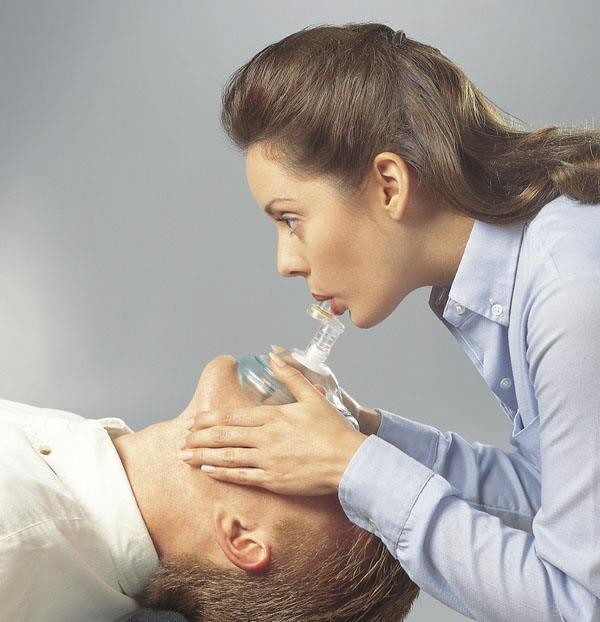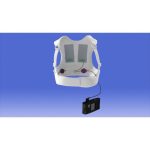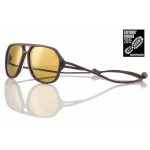In emergency situations, effective and immediate action can make the difference between life and death. When performing cardiopulmonary resuscitation (CPR), using a pocket mask correctly is crucial for providing safe and effective breaths to the victim. Proper positioning of the rescuer while using a pocket mask ensures maximum efficiency and safety. This article breaks down the best practices for positioning yourself when using a pocket mask, highlighting key aspects to consider for optimal rescue efforts.
Understanding the Importance of Proper Positioning
Maximizing Ventilation Efficiency
The primary purpose of a pocket mask is to provide ventilation without direct mouth-to-mouth contact, which protects both the rescuer and the victim from potential infections. To achieve effective ventilation, the rescuer must position themselves in a way that allows for a secure seal around the pocket mask. This ensures that air is delivered efficiently to the victim’s lungs without leaks.
The best position for the rescuer is at the victim’s side or above the head, offering a clear view of the mask placement and the rise and fall of the chest. Being in a good position allows the rescuer to maintain a steady rhythm in delivering breaths, which is critical for the successful delivery of oxygen to the victim.
Ensuring Rescuer Comfort and Sustainability
Performing CPR can be physically demanding. The proper positioning of the rescuer helps maintain their comfort and stamina, allowing them to continue effective rescue efforts for an extended period if necessary. By kneeling at the victim’s side or head, the rescuer can leverage their body weight to assist in chest compressions and maintain a stable posture that reduces fatigue. This is crucial for sustaining high-quality CPR efforts until professional medical help arrives.
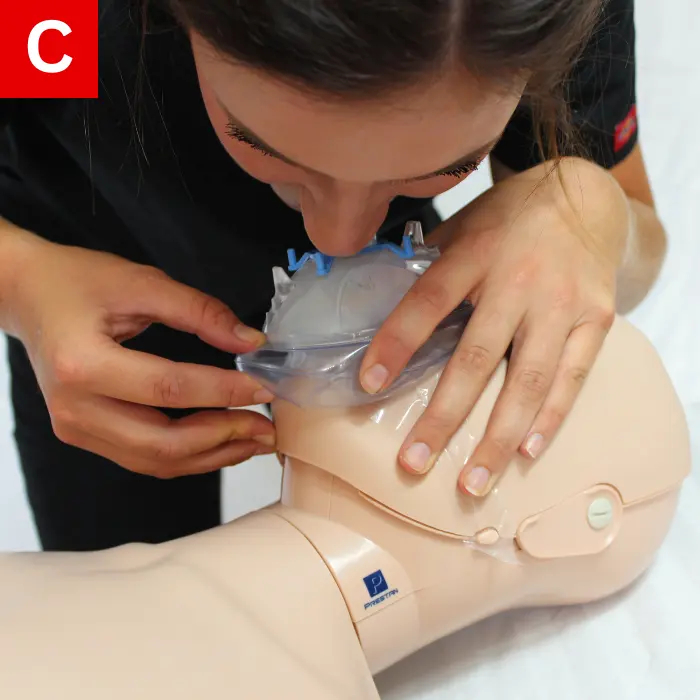
Side Position: A Detailed Analysis
Step-by-Step Guide to the Side Position
When using a pocket mask, positioning yourself at the side of the victim is one of the most common and effective methods. Here’s how to do it:
- Kneel Beside the Victim: Position yourself on your knees beside the victim’s upper torso. This gives you easy access to the head, neck, and shoulders.
- Place the Mask: Hold the pocket mask with one hand, ensuring the narrow end points towards the victim’s nose. Place the broad end over the victim’s chin.
- Secure the Mask: Use the thumb and forefinger of the hand on the mask to pinch the mask’s edges, creating a seal. The other hand performs the head-tilt, chin-lift maneuver to open the airway.
- Deliver Breaths: With the mask secured, take a deep breath and blow into the one-way valve, watching the victim’s chest rise. Deliver two rescue breaths after every set of 30 compressions.
Benefits of the Side Position
The side position offers several benefits:
- Visibility: The rescuer can easily monitor the chest’s rise and fall, ensuring breaths are effective.
- Control: Having both hands free to manipulate the mask and maintain an open airway provides better control and effectiveness.
This position is especially useful in settings where space is limited, as the rescuer does not need to circle around the victim.
Head Position: A Detailed Analysis
Step-by-Step Guide to the Head Position
Another effective position is at the head of the victim. Here’s how to perform it:
- Kneel Above the Head: Position yourself at the victim’s head, facing the feet. Kneel in a way that you’re over the victim’s head.
- Place the Mask: Hold the mask in both hands, positioning it over the nose and mouth with the pointed end towards the nose.
- Create a Seal: Wrap your fingers around the sides of the victim’s head, using your palms to press down on the edges of the mask, creating a secure seal.
- Deliver Breaths: With the mask sealed, use a head-tilt, chin-lift maneuver and blow into the one-way valve, ensuring the chest rises with each breath.
Benefits of the Head Position
The head position also has its unique benefits:
- Stability: This position allows the rescuer to secure the mask without needing to reposition frequently.
- Accessibility: It provides direct access to the victim’s airway, making it easier to monitor and adjust the airway if needed.
This position is particularly advantageous in multi-rescuer scenarios, where one person administers ventilations while another performs chest compressions.
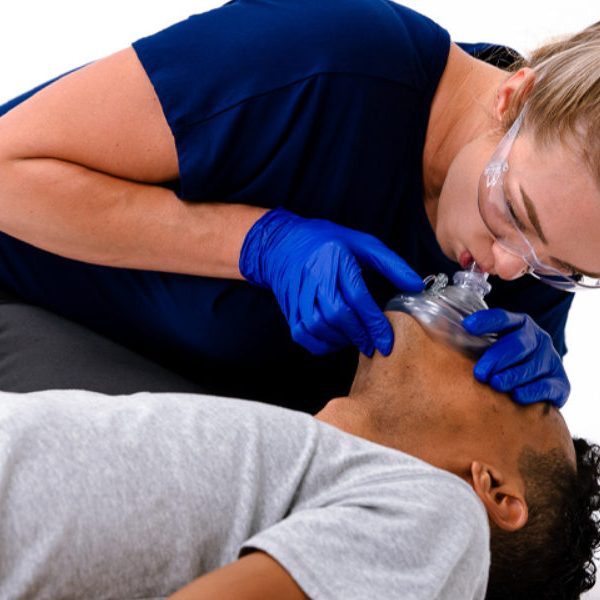
Practical Considerations and Scenario Adaptation
Adapting to Different Situations
In real-life emergencies, conditions are seldom perfect. The rescuer may need to adapt their positioning based on the environment, the victim’s state, and available space. For example, in cramped spaces like a car, the side position may be more feasible. Conversely, when more room is available, the head position could be more practical.
Flexibility and quick thinking are essential. Practicing CPR in various settings can help the rescuer become more adept at adapting their positioning based on the scenario.
Communication and Coordination
In situations involving multiple rescuers, effective communication and coordination are crucial. One rescuer can take the side position for chest compressions while another kneels at the head for ventilations. This division of tasks maximizes efficiency and reduces individual workload, improving overall CPR quality.
Clear signaling and role assignments before starting can ensure smooth operation. Deciding in advance who will perform compressions and who will manage the pocket mask helps avoid confusion and delays in critical moments.
Common Mistakes and How to Avoid Them
Inadequate Seal
A frequent mistake is failing to create an adequate seal with the pocket mask. This compromises ventilation efficiency. To avoid this, practice placing and securing the mask in various positions. Consistent practice helps develop the muscle memory required to form a tight seal quickly.
Improper Hand Placement
Another common issue is improper hand placement, which can hinder effective breath delivery. Remember, your hands should form a “C” shape around the mask to ensure a secure grip. Practicing this technique can ensure you can reliably perform it under stress.
Monitoring the victim’s chest rise can also guide you; if the chest isn’t rising, reassess the seal and hand placement.
Training and Continuous Improvement
Importance of Regular Practice
Regular CPR training helps reinforce the proper use of a pocket mask and ensures rescuers stay proficient. As guidelines occasionally update, staying current through refresher courses is important. Practical drills that simulate real-life scenarios can improve confidence and competence.
The cornerstone of effective CPR is not only knowing the techniques but practicing them regularly to maintain proficiency. Utilizing a pocket mask correctly is a skill that can degrade over time if not routinely practiced. Therefore, regular CPR training sessions are crucial for reinforcing the proper use of a pocket mask. These training sessions should be taken seriously, as they can mean the difference between life and death in real-life emergencies.
CPR guidelines and protocols are periodically updated based on the latest research and best practices. Staying current through refresher courses ensures that rescuers are aware of any new techniques or changes in protocols. For instance, the guidelines on the depth and frequency of chest compressions may change, influencing how breaths are administered using a pocket mask. Keeping abreast of these updates through regular training helps rescuers ensure they are providing the best possible care.
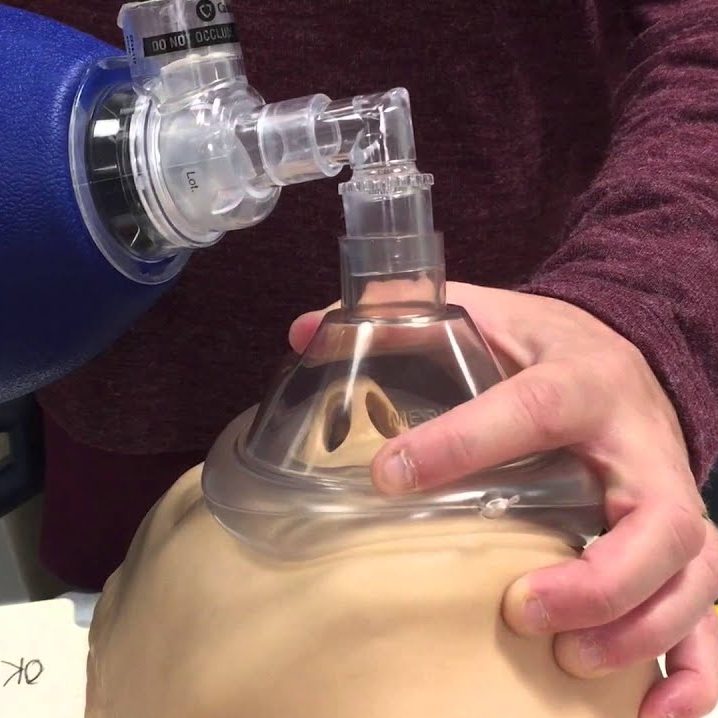
Learning from Experience
Every rescue scenario provides a learning opportunity. After every incident, take time to reflect on what went well and what could be improved. Discussing with other rescuers can also provide valuable insights and tips. Continuous learning and adaptation are crucial for maintaining and improving rescue skills.
Conclusion
Properly positioning oneself when using a pocket mask during CPR is essential for delivering effective ventilations and maintaining the rescuer’s endurance. Whether taking the side or head position, understanding the techniques, practicing regularly, and adapting to different scenarios can make a significant difference in the effectiveness of rescue efforts. By mastering these skills, rescuers can improve their response in emergencies, potentially saving more lives.
